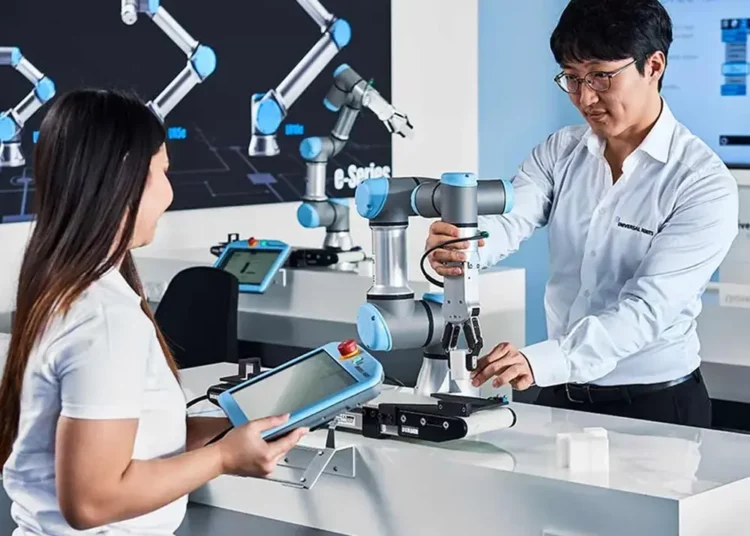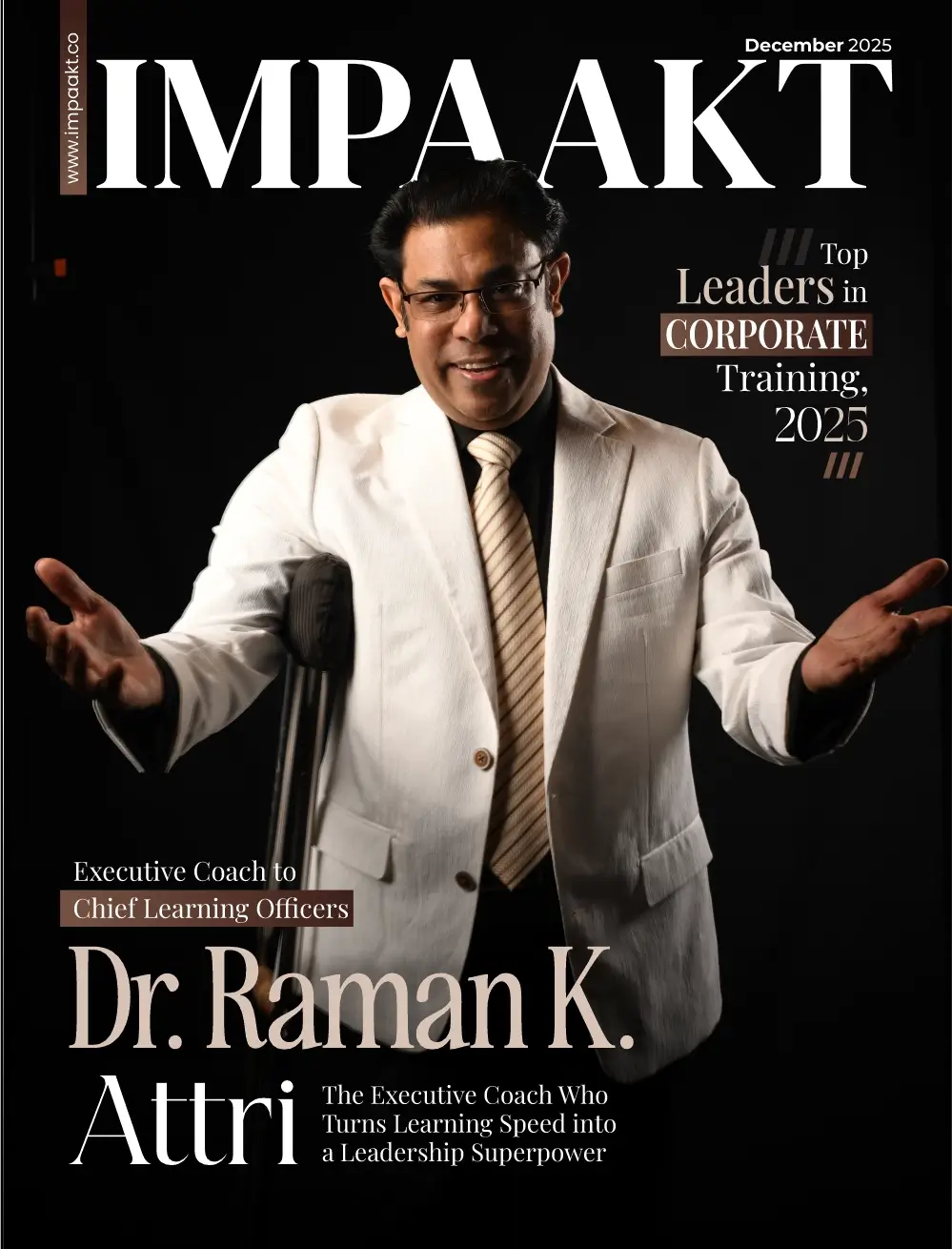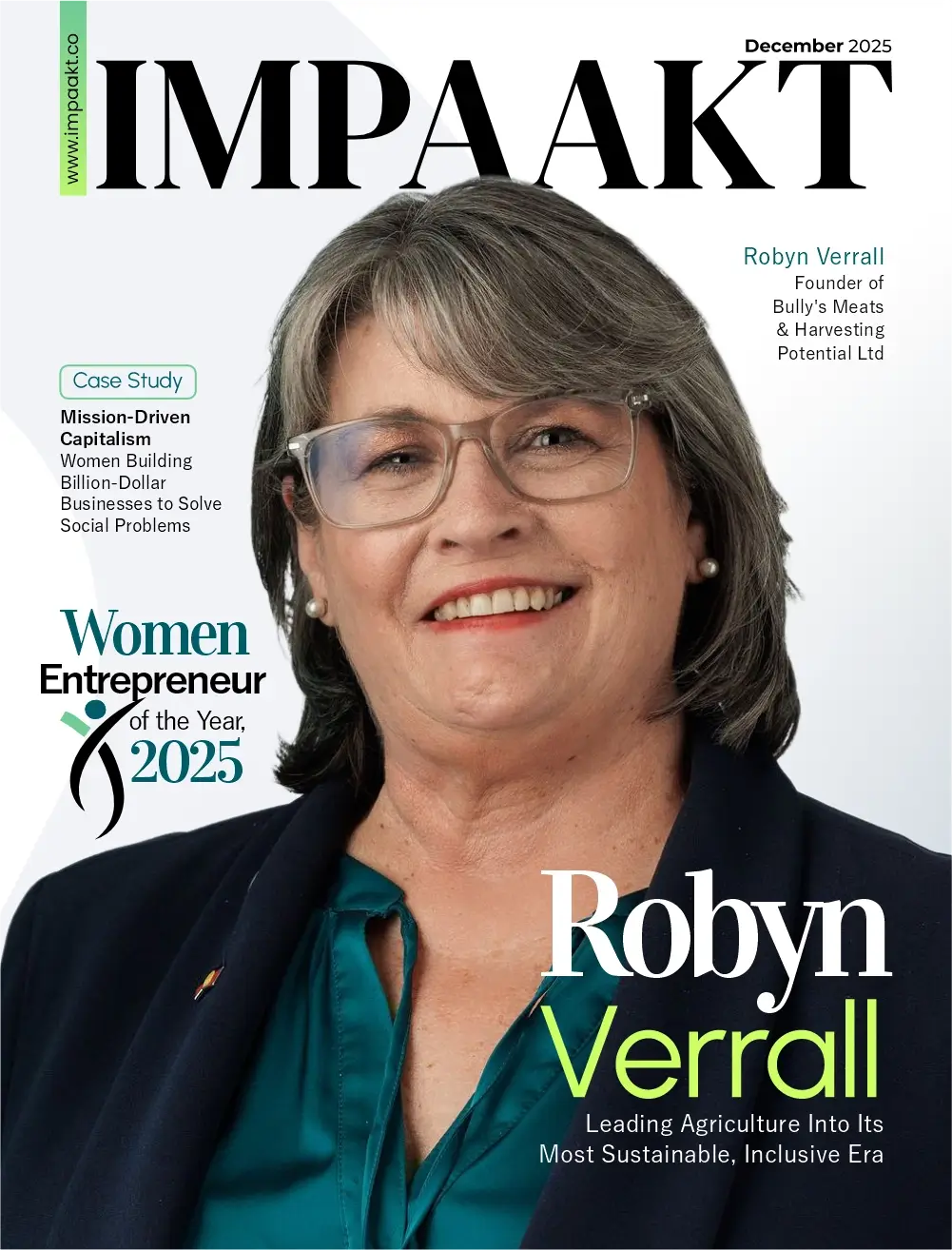Universal Robots (UR), a pioneer in the collaborative robot industry, today marks a milestone in the growth of the UR+ ecosystem with the launch of over 500 products through its UR+ ecosystem. The platform is designed to foster innovation and collaboration in the field of collaborative robotics. This achievement has been developing since its inception in 2016.
The goal of the UR+ ecosystem is to turn Universal Robots into a platform that is similar to open-source, allowing developers to design innovative solutions. Today, it boasts a diverse range of components, kits, applications, and solutions designed to meet various customer needs in both hardware and software. This initiative supports Universal Robots’ ambition to be the preferred platform in collaborative robotics.
“Universal Robots is built on collaboration and this milestone clearly indicates that we are the preferred platform in collaborative robotics,” said Kim Povlsen, President of Universal Robots. “We have an amazing ecosystem with hundreds of partner companies spanning from small developer start-ups to established and well-known brands. It’s truly a versatile and ever-expanding ecosystem.”
The UR+ ecosystem offers a broad spectrum of products, from simple applications like grippers to comprehensive solutions for complex tasks such as palletizing and welding. In recent years, there has been a noticeable trend towards developing full turnkey solutions to address the most common automation needs.
Another key trend within the ecosystem is the rapid growth of AI-based applications and solutions. Additionally, Universal Robots has introduced new products designed for compatibility with its latest generation of heavy payload cobots, further expanding the versatility and capabilities of its offerings.
“Our ecosystem is growing faster than ever and with physical AI as the new locomotive in robotics, we will continue to see new and groundbreaking innovations being added to our ecosystem at a high pace. For UR, it’s all about providing choice to our customers through easy-to-use technology and, together with our partners, constantly pushing the boundaries of what can be automated and how simple it can be done,” said Kim Povlsen.











